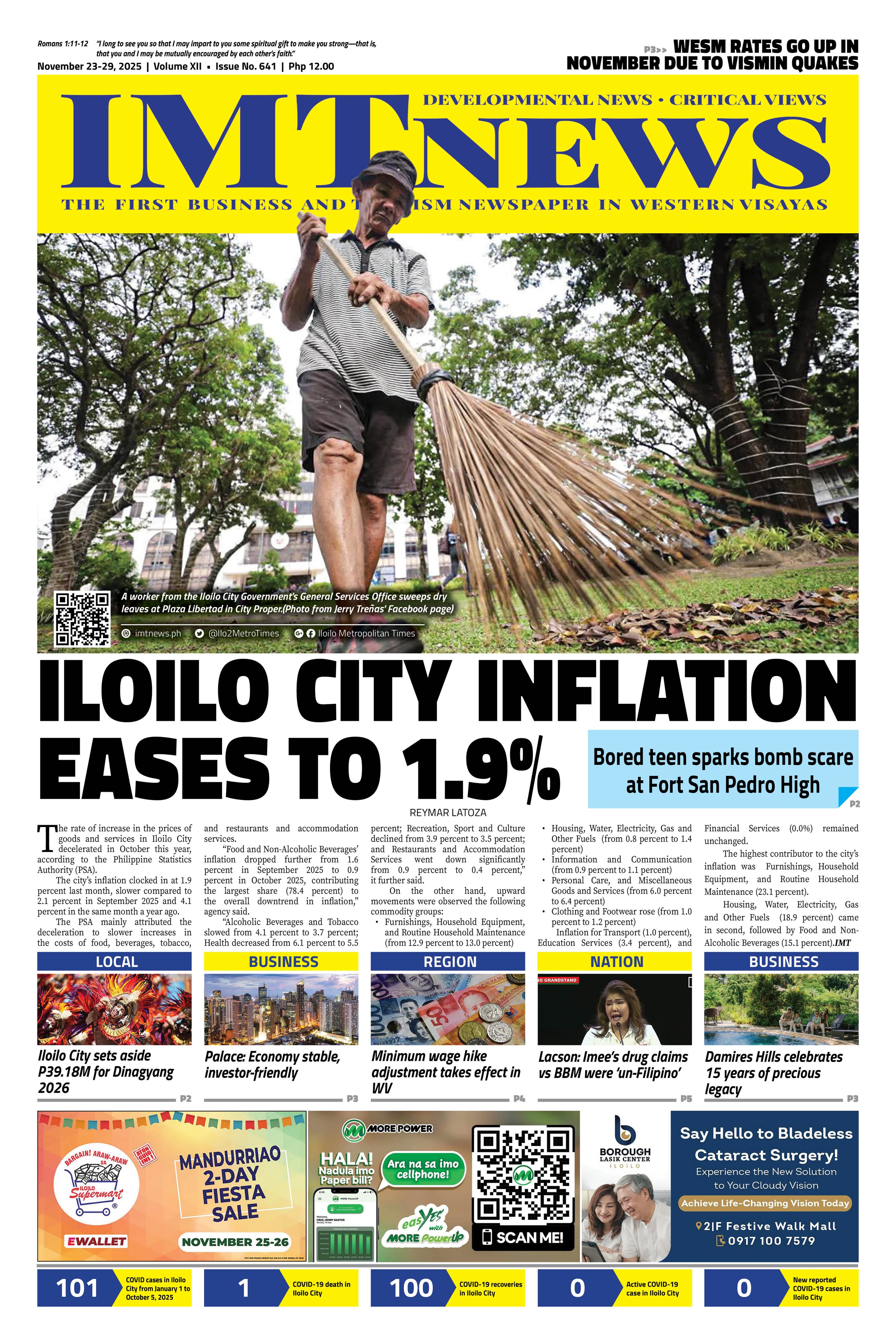Project NOAH executive director Dr. Mahar Lagmay has urged local government units (LGUs) to seek scientific guidance before implementing flood control projects, saying that repetitive and outdated solutions are wasting public funds while failing to solve the problem.
Lagmay, who heads the government’s flagship disaster prevention and mitigation program, stressed that many officials automatically turn to concrete-heavy flood control projects without first studying the unique hazards in their areas.
“Concrete is not always the answer. Flood problems differ from one place to another, and solutions must be tailored based on science and data,” he said.
Lagmay noted that innovation and technology now offer cheaper and more effective options to reduce flooding risks. Instead of relying on traditional “one-size-fits-all” projects, he called on mayors and administrators to adopt household- and community-level interventions backed by research.
“We need to change our old ways. If local leaders are more open-minded and willing to explore better approaches, we can come up with smarter, more cost-efficient solutions,” he added.
Lagmay also emphasized that flood mitigation should not be viewed solely as large infrastructure projects but as a multi-layered approach that begins with barangays and households.
“Flood prevention must start at the community level. LGUs should build solutions from the ground up, not just rely on expensive flood control structures,” he said.
The Project NOAH chief urged LGUs to partner with scientists and research institutions to ensure public funds are spent on evidence-based, long-term measures against flooding.IMT







